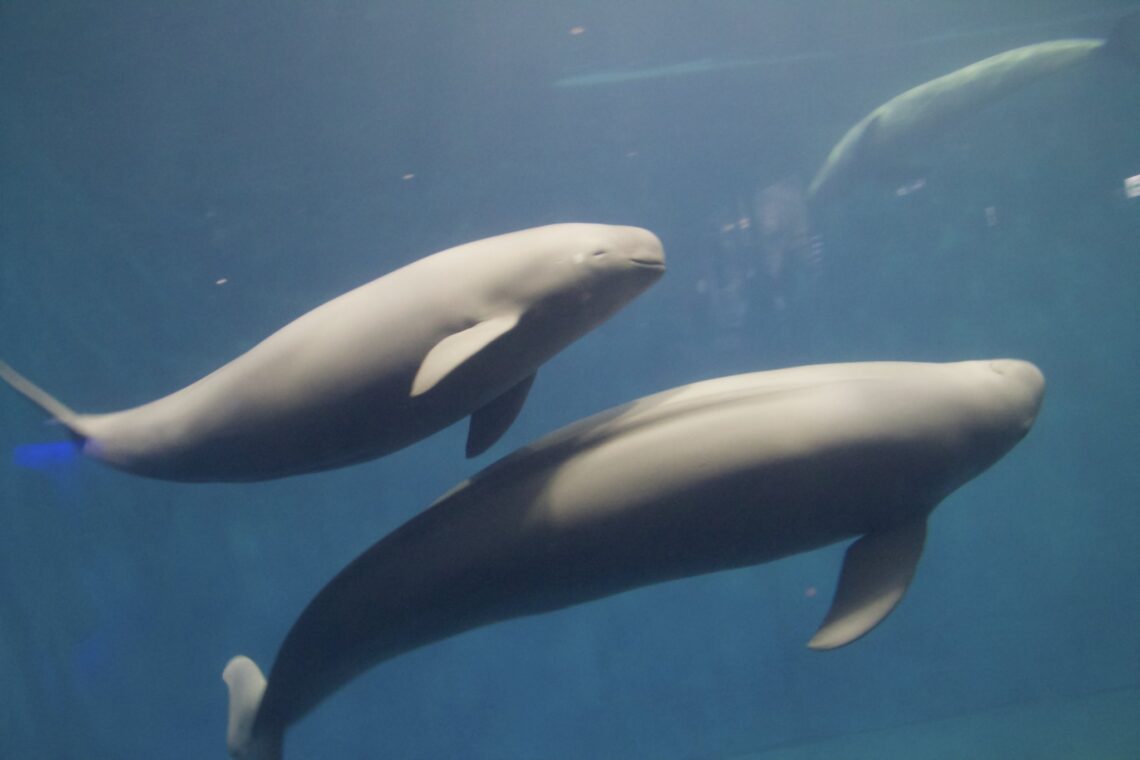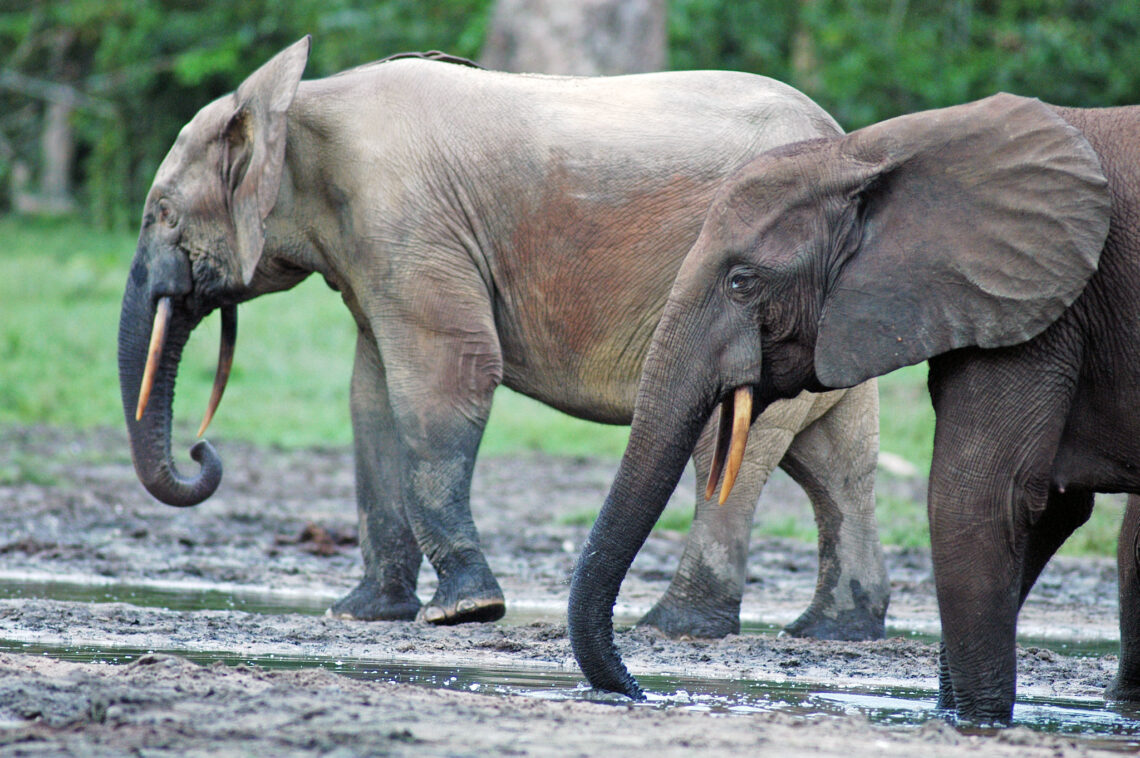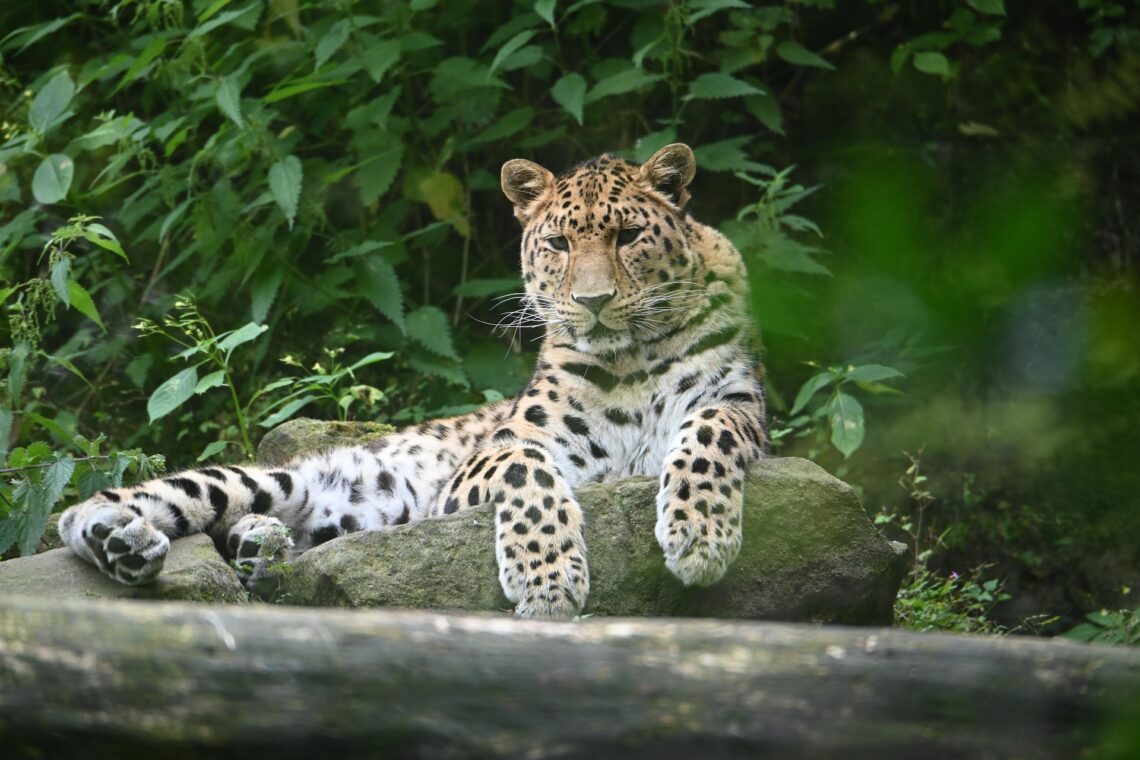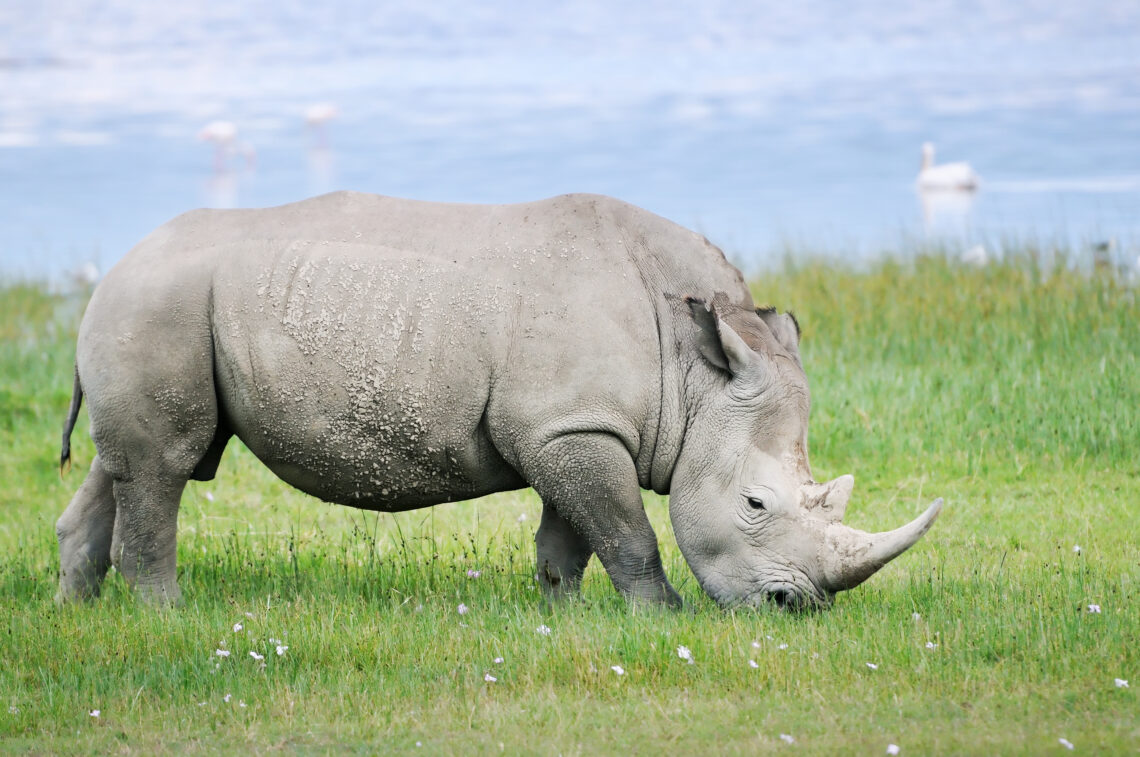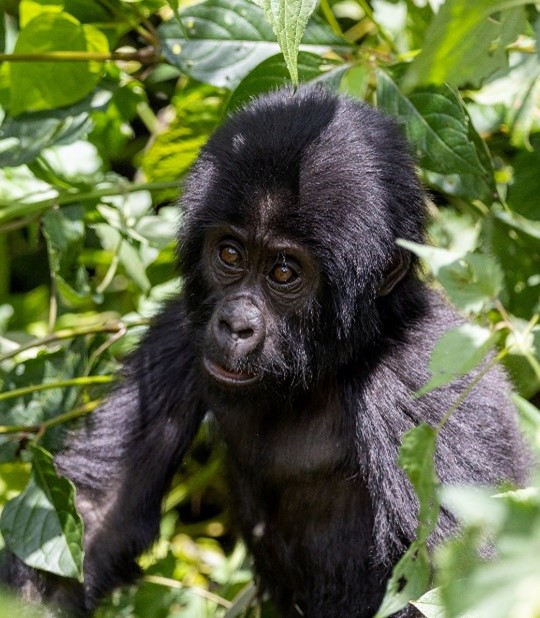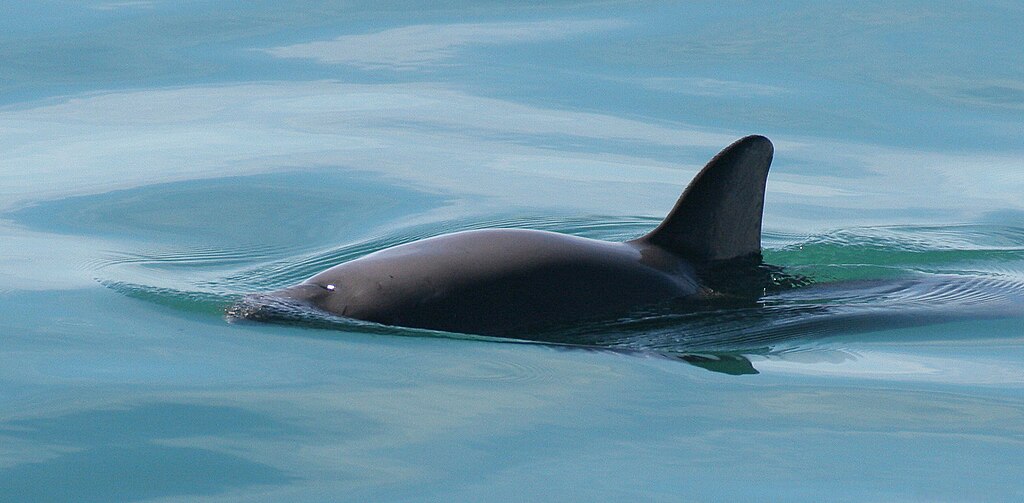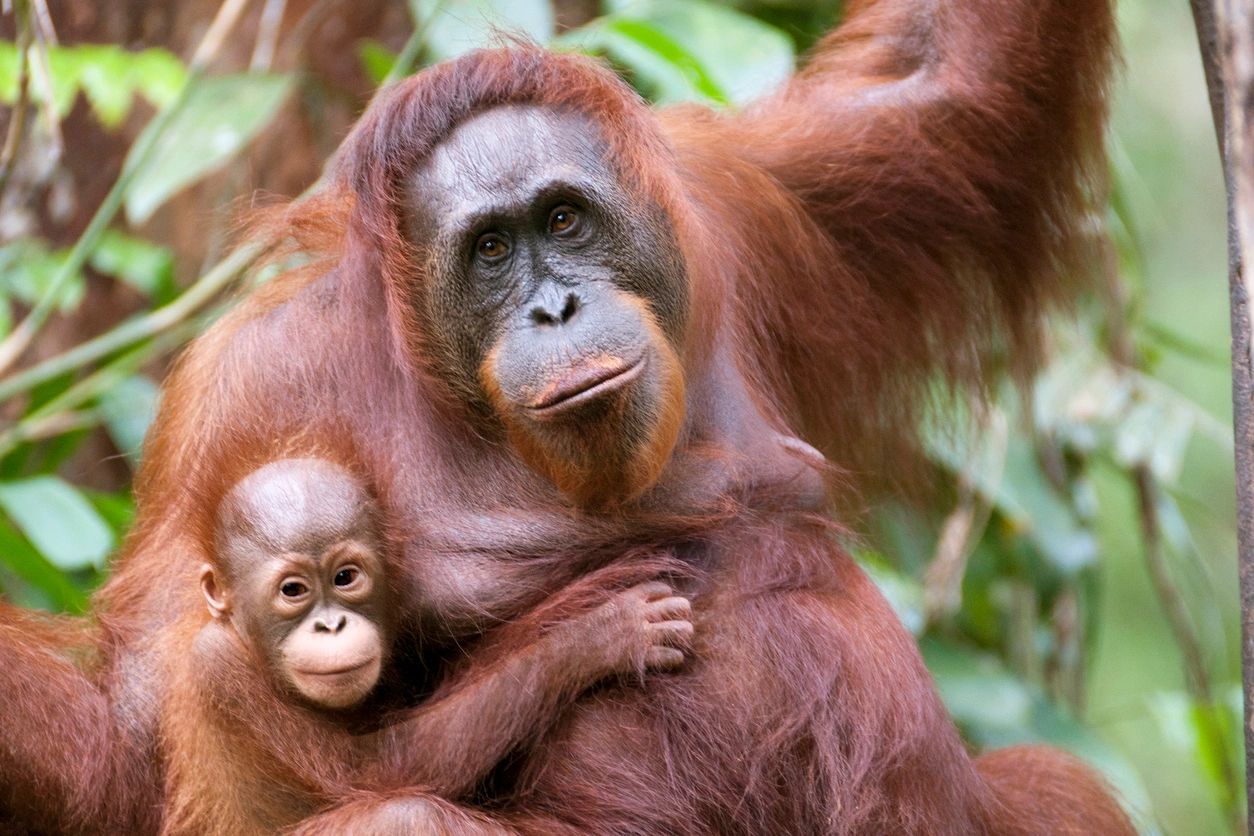Endangered Species
-
Smiling Angel in Peril: The Yangtze Finless Porpoise
By Holly Shaftel, contributing writer In China’s Yangtze River, a shy, finless “Smiling Angel” glides through the water, echolocating with others of its kind. This is the Yangtze finless porpoise, the world’s only known freshwater porpoise. It once shared its habitat with the Baiji dolphin, however that species was declared functionally extinct* in 2007. Now, the porpoise faces its own fight for survival. In 2013, the International Union for Conservation of Nature (IUCN) listed it as critically endangered due to growing threats from human activity. Will the porpoise disappear next? Why Do We Need the Yangtze Finless Porpoise? Nature is like a giant game of Jenga. Each species is a…
-
Vanishing Giants: Can We Save Africa’s Forest Elephants?
By Holly Shaftel, contributing writer Deep in the dense rainforests of Central and West Africa, a quiet giant roams — smaller than its savanna cousin, but just as vital to its ecosystem. The African forest elephant, a master gardener of the jungle, spreads seeds and shapes the land with every step. Yet, despite its importance, this elusive creature is critically endangered, facing threats from poaching and habitat loss. Tracking these secretive creatures isn’t easy. Unlike other animals with special markings that make them easy to recognize, forest elephants are great at staying out of sight. Instead of relying on direct sightings, scientists turn to an unusual method — counting poop.…
-
World’s Rarest Big Cat: Critically Endangered Amur Leopard
Deep in the snowy forests of Russia and China, a secretive cat moves like a ghost. This is the Amur leopard (Panthera pardus orientalis), the rarest big cat on Earth. Sadly, only less than 60 remain in the wild, putting them at risk of extinction. Amur leopards are a “critically endangered”, which means they are in serious danger of disappearing from the wild forever. These sleek, spotted predators weigh 70 to 105 pounds and are built for survival. They can sprint up to 37 miles per hour, leap 10 feet high and 20 feet across, and silently stalk prey in the dense forest. As solitary and nocturnal hunters, they rely…
-
The Race to Save Critically Endangered Rhinos
Did you know that more than 46,000 endangered species and nearly 4,000 critically endangered species? Rhinos are amazing animals, but many types of rhinos are in danger of disappearing forever. They are critically endangered because of problems like poaching (illegal hunting), losing their homes, and other threats caused by humans. Let’s learn about the different kinds of rhinos and why they need our help. 1. Javan Rhinos: The Rarest Rhino Javan rhinos are the rarest rhinos on Earth. There are only about 18 left! They used to live in many places across Southeast Asia, India, and China. Now, they are critically endangered survive in just one national park on the…
-
Endangered Species: Why They Matter and How Can We Help Save Them
Imagine a world without mountain gorillas, orangutans, elephants, rhinos or sea turtles. Hard to picture, right? Sadly, many of the animals and plants we love are either disappearing or critically endangered. These are called "endangered species," meaning their populations are so low that they could vanish forever. But why are they endangered, and how can we help save them?
-
Can We Save the Vaquita, the World’s Most Endangered Marine Mammal?
The vaquita is a very shy porpoise and the most endangered marine mammal in the world. There are only about 9 or 10 vaquitas left, and they will go extinct unless we completely stop using gillnets in their habitat. In 2023, the International Whaling Commission sent out its first-ever “extinction alert” to warn people that the vaquita was in serious danger of disappearing forever. Vaquitas live in a very small area—the northern part of the Gulf of California in Mexico. This region has lots of fish and shrimp, so fishing is a big source of income for people who live there. However, fishermen use gillnets, which means they get trapped…
-
Palm Oil: The Hidden Problems Behind It
I always dreamed of seeing orangutans in the wild. I knew that they are probably the most intelligent of all the great apes because of their ability to innovate and problem-solve. However, problems with palm oil production greatly threaten their habitat. In 2007, I finally scraped together the money to travel to Borneo. Little did I know, at 53 years old, I would find my passion. My Journey Begins When I landed in Jakarta, beginning my journey to Borneo, a suffocating haze greeted me. My eyes burned, my throat grew raspy, and smoke clung to my clothing and hair. I quickly learned the cause: illegal fires, set intentionally to clear…

